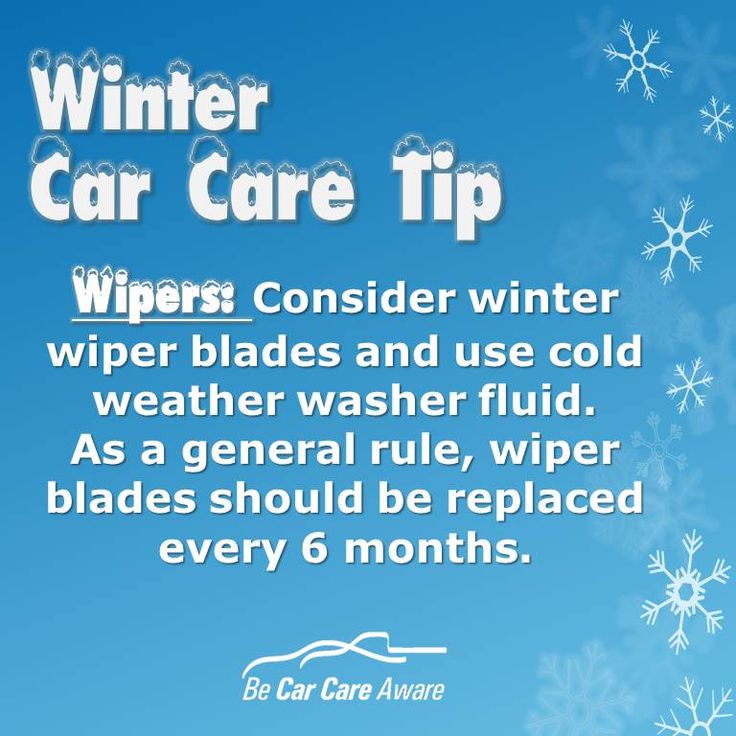by iStorage
Are you wondering “how long do snow tires last” in the midwest? You’ve come to the right place. Slick roads in the winter can be a nightmare. Unfortunately, winter drives are something most of us midwesterners know all too well. When it comes to vehicles in the snow, tires are obviously essential. So why aren’t more of us stocking up on snow tires? Unlike other countries, snow tires aren’t mandatory in the US. However, they’re proven to help drivers stay safe and save some money in the long run. So save yourself some dough, and ask the question, how long do snow tires last?
Many people are under the impression that snow tires don’t last as long as regular tires. While they require more care, you can get some life out of snow tires. Be sure to put on your snow tires as soon as the first snowfalls and take them off when spring hits. The average winter tires will last 3-4 seasons. We recommend storing your tires as the softer rubber will wear out fast during warm weather.
Michigan snows a LOT. Ann Arbor gets, on average, about 57 inches. The first snowfall in Michigan is generally in November, and the last is in April. Therefore, we recommend putting on snow tires in November and taking them off in April if you’re in Michigan.
If you’re from Minnesota, you’re well aware that it snows more than the rest of the midwestern states. Minnesota varies from 36 inches of snow in the southwest to 70 inches along Lake Superior. The first snow can happen in October, and the last snowfall is typically in April. Therefore, we recommend having your tires on October through April.
Illinois is quite a snowy place as well.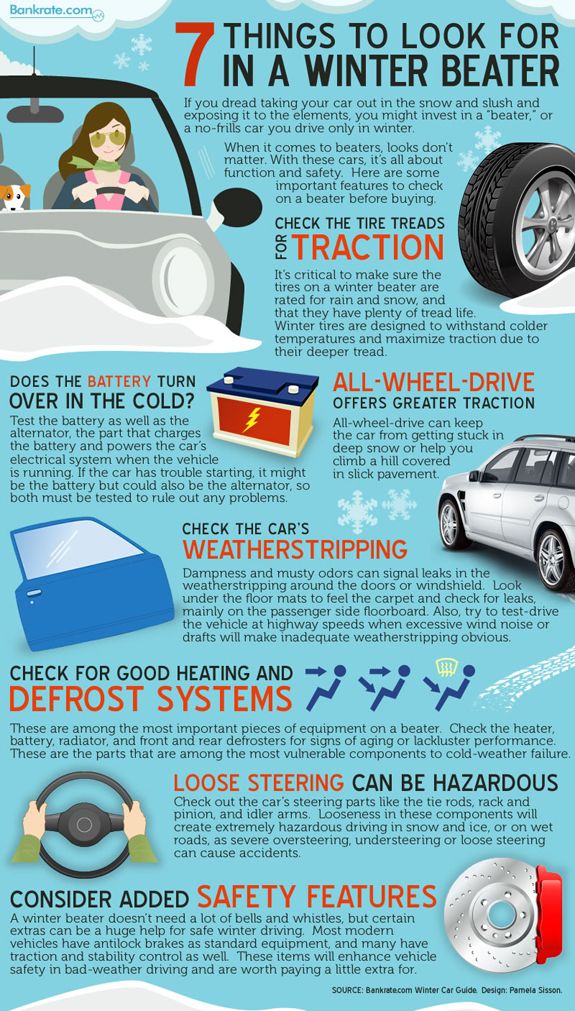 The average annual snowfall exceeds 38 inches in Chicago alone. It tends to start snowing in Illinois from the end of October to mid-April. Make sure to put those bad boys on October through April.
The average annual snowfall exceeds 38 inches in Chicago alone. It tends to start snowing in Illinois from the end of October to mid-April. Make sure to put those bad boys on October through April.
Believe it or not, Kansas can be pretty rough in the winter too. The state-wide average snowfall comes out to about 19 inches per season. However, Kansas has a later winter. The first snowfall is typically in December and can last until March. We suggest that you use snow tires during these months in Kansas.
Columbus, OH, sees about 22 inches of snow a year. Its first snowfall is usually in November. October can get a light snow flurry, but that’s uncommon. The season’s last snowfall in most years happens in April. So use those tires from late October to April.
A misconception many people have is that 4-wheel drive vehicles don’t need snow tires. The truth is, 4-wheel drive helps control your tires but doesn’t help them to stop or turn in winter weather. Stopping is the most vital aspect to keep in mind. No amount of 4-wheel drive will help your vehicle stop faster on snow or ice. Regular tires don’t have the tread design to push snow or ice out of the way. They also aren’t flexible enough in low temperatures, and so don’t grip the road nearly as well.
Stopping is the most vital aspect to keep in mind. No amount of 4-wheel drive will help your vehicle stop faster on snow or ice. Regular tires don’t have the tread design to push snow or ice out of the way. They also aren’t flexible enough in low temperatures, and so don’t grip the road nearly as well.
One of the most significant stumbling blocks people have with snow tires is where to store them. The truth is, tires are rather large and take up a lot of space. When you consider that the average American home has three cars, that’s 12 extra tires to store. That’s why so many people use iStorage to store their snow tires every year.
iStorage has locations all over, including Michigan, Illinois, Minnesota, Ohio, and Kansas. Our facilities are clean and secure. Even better, we only use month-to-month leases on our storage units. That means you’ll never be in a long-term contract.
If the question is, “how long do snow tires last,” you can bet that they’ll last longer if they’re stored correctly. Of course, you can store anything you like in a storage unit from iStorage. We can even store your RV, boat, or truck. If you have any questions, you can chat with one of our friendly managers online. Until then, be safe out there on the roads this winter.
Of course, you can store anything you like in a storage unit from iStorage. We can even store your RV, boat, or truck. If you have any questions, you can chat with one of our friendly managers online. Until then, be safe out there on the roads this winter.
If you recently bought a new set of winter tires, or your winter tires are a few years old, other than safety, your biggest concern is probably how long will these tires last. Knowing how to get the most mileage out of your winter tires will save you money while keeping you safe no matter how tough the winter weather becomes.
While there’s no set “life expectancy” for snow tires, many tire manufacturers estimate that you should get four seasons of wear from a set of winter tires. Tread wear on winter tires will depend heavily on how many miles you drive each month, and whether those miles are primarily on snow or ice covered roads, or if you routinely have a mix of snow and frozen dry roads. The tread will wear more quickly if the tire is running on freezing road surfaces than if they are on snow for most of the season. Low mileage drivers will get much longer use out of their winter tires than drivers who have both long winters and drive long distances. The lifespan of your tire will also be directly related to the original quality of the tire, and the level of care they’re given.
The tread will wear more quickly if the tire is running on freezing road surfaces than if they are on snow for most of the season. Low mileage drivers will get much longer use out of their winter tires than drivers who have both long winters and drive long distances. The lifespan of your tire will also be directly related to the original quality of the tire, and the level of care they’re given.
Storage
You should change out your winter tires for your summer, or all season tires when temperatures are regularly above 42 degrees.
Leaving winter tires on when temperatures get warmer will increase wear since the compounds that allow a winter tire to stay flexible in freezing temps also wear faster on warm roads.
High heat, freezing temperatures and exposure to light are the biggest contributors to any tire’s aging process. We recommend storing your tires indoors, where they are protected from temperature fluctuations.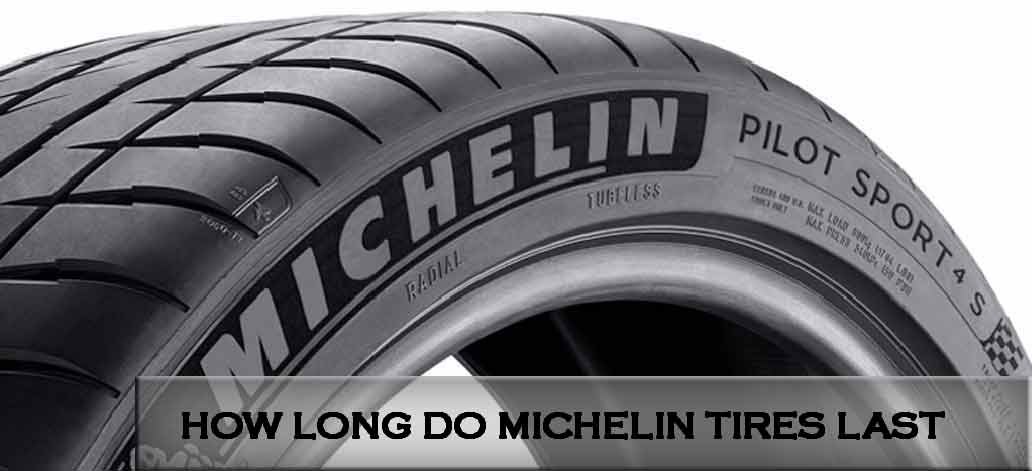 Be sure to clean the tires thoroughly and ensure they are dry. An airtight tire storage bag, is best and believe it or not, heavy duty black trash bags can be a good tire storage solution. Remove as much air possible from the bag and securely close the bag. Ideally, your tires are cool and dry while being stored, so avoid storing tires near a water heater, or radiator.
Be sure to clean the tires thoroughly and ensure they are dry. An airtight tire storage bag, is best and believe it or not, heavy duty black trash bags can be a good tire storage solution. Remove as much air possible from the bag and securely close the bag. Ideally, your tires are cool and dry while being stored, so avoid storing tires near a water heater, or radiator.
Age and tread wear will eventually be the indicators of when it’s time to begin shopping for a set of new winter tires. Unlike an all season or summer tire, winter tires need to have a much deeper tread to be effective and safe.
The first thing you should do when pulling out your winter tires for the first time each season is check tread depth. If your tires have a tread depth of 5/32 or lower, it’s time for a new set.
See Prices
There will not be enough tread remaining to get you through the winter. Winter tire tread patterns and siping are designed to bite into and evacuate snow and slush so that extra tread depth will provide your best traction on the road.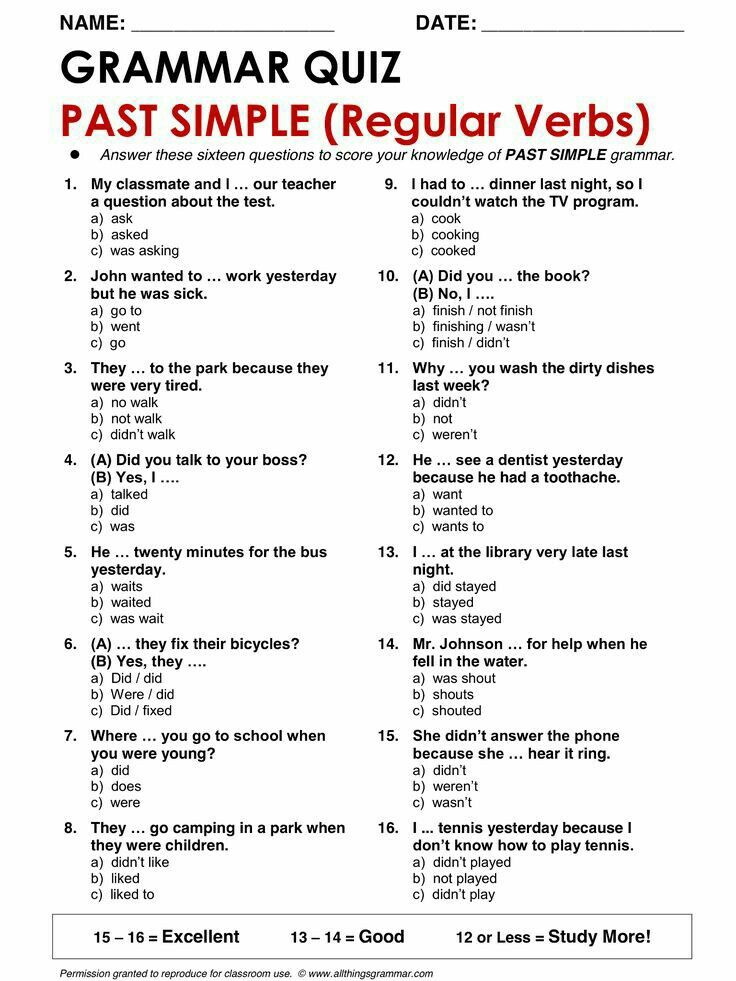
If you don’t have a tire tread gauge handy, most modern snow tires have built in wear indicators. Usually, they’re molded into the bottom of a tire’s tread grooves and indicate that a tire needs to be replaced when the indicator is flush with the adjacent ribs.
You should also always check your tires for visible damage that may indicate that it’s time for a new set. Keep an eye out for deep cracks in the rubber, sidewall damage and replace all four tires if you find significant damage.
Tires-Easy has been a trusted supplier of quality, new tires online to customers since 2004. We pride ourselves in having the best selection of quality new tires and an extensive knowledge center to aid our customers in the tire buying process. Check out our selection of winter tires and stay safe on the road this winter! Finding your tires just got easier at tires-easy.com.
Create an account for free on Tires-Easy.com and check out the discounted prices on a great selection of tires.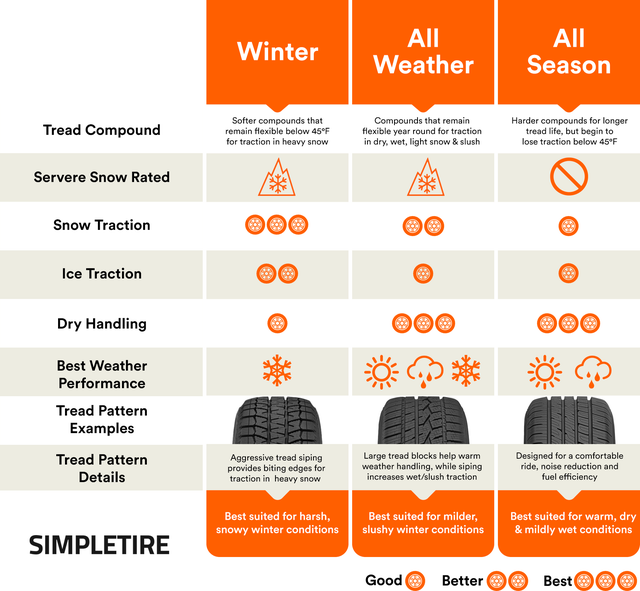
Sign Up
Consumer disputes over the age of tires have not subsided for several seasons. Buyers are excited that the warranty period for tires is limited to 5-6 years according to GOST, and after the expiration of this period, the rubber becomes unusable.
Is this really the case, read this article.
Manufacturers of most brands on their products set Shelf life is 5 years and service life is also 5 years .
The shelf life of a tire is the period during which it retains its performance when properly stored.
The end of this period does not mean that the tires have become unusable . A shelf life of 5 years is given by manufacturers because, by law, they cannot set a shelf life higher than the service life. Tires over 5 years of storage cannot be called damaged or defective, their technical characteristics may be slightly reduced.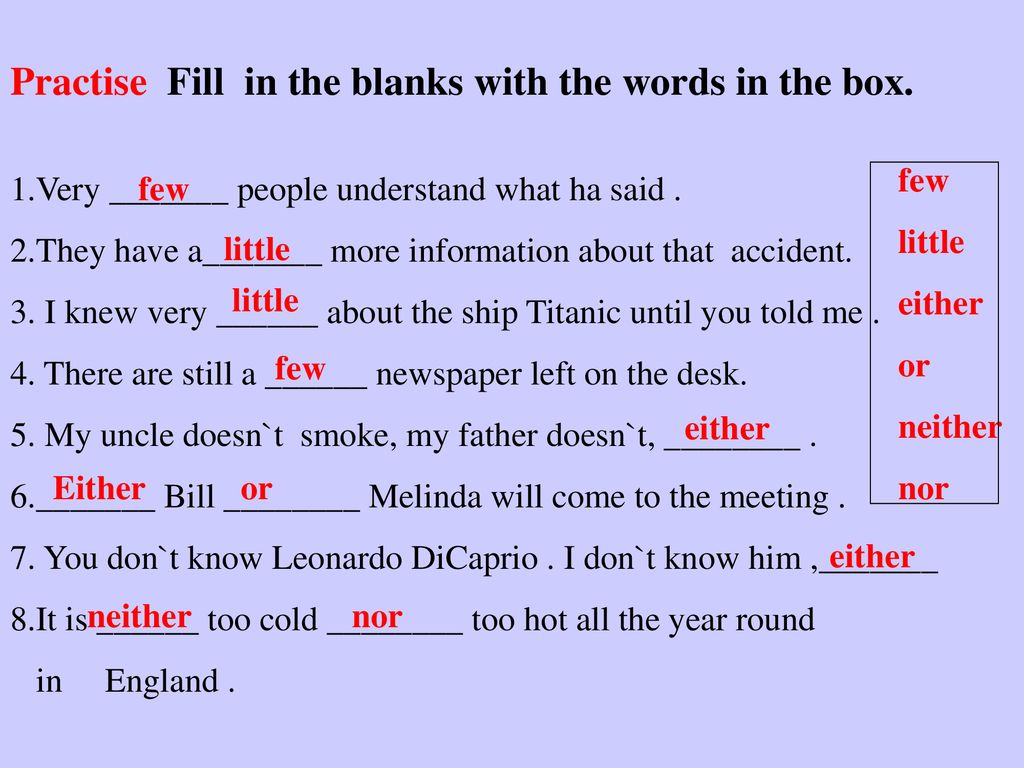 American researchers argue that the period of storage of "shoes" must be at least 10 years. Experts from Germany are sure that it cannot exceed 6 years.
American researchers argue that the period of storage of "shoes" must be at least 10 years. Experts from Germany are sure that it cannot exceed 6 years.
The expiration date of tires is the warranty period during which the manufacturer is responsible for the quality and condition of the tire if it was used for its intended purpose without violating the operating rules.
According to Russian legislation (GOST 5513, GOST 4754-97) , the service life of tires is 5 years from the date of manufacture.
How can I find out the date of manufacture of tires?
You can find out the age of tires by a special DOT code. Tires manufactured after 2000 in the DOT code contain two pairs of numbers, where the first pair indicates the week number of the year, and the second pair indicates the year. Earlier tires before 2000 have 3 numbers in their composition, where the first two digits are the week number, and the last one is the year (see the transcript in the photo).
Determination of the average shelf life of a tire according to GOST and operating conditions.
- The symbol ZR denotes tires for high-speed cars. They are recommended to be used at speeds over 240 km/h. up to 6 years
- Tires with the H symbol are used at a maximum speed of 210 km/h. within 5 years.
- The sign S symbolizes the maximum permissible speed of 180 km/h. and operational period of 4-5 years.
Most tire manufacturers do not agree that tire life is limited to 5 years. Each company has its own opinion on this matter. We analyzed several of them and the information they posted on their official websites.
Michelin
The French tire manufacturer Michelin has become famous for its active fight against the perception of the rapid aging of tires as a perishable product. Her information campaign "Tires Are Not Bananas" created a lot of noise in the automotive environment.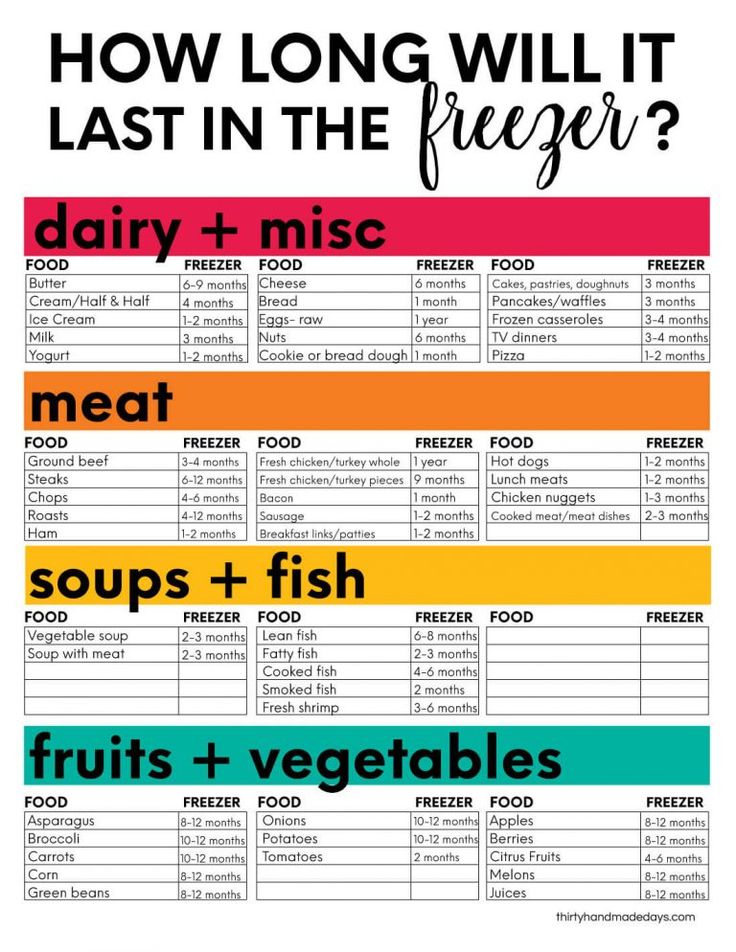 According to the representative office, several test trials were carried out in Saudi Arabia, South Korea and Germany. As a result of testing, no difference was found between new tires and tires stored for 3 years. They were tested for various characteristics such as rolling resistance, high speed durability, etc. Tires with a year life were approximately equal in performance to 10-year unused tyres.
According to the representative office, several test trials were carried out in Saudi Arabia, South Korea and Germany. As a result of testing, no difference was found between new tires and tires stored for 3 years. They were tested for various characteristics such as rolling resistance, high speed durability, etc. Tires with a year life were approximately equal in performance to 10-year unused tyres.
Michelin focuses the attention of car owners on the fact that tires are not a perishable product, their shelf life is not as important as the service life is important, starting from the date the tires are installed on the rims. It is from this moment that the tire is subjected to all tests: pressure, temperature changes, wear, contact with uneven and sharp coatings, etc.
Continental
On the Russian official website of Continental, we found the following information on the expiration dates of tires.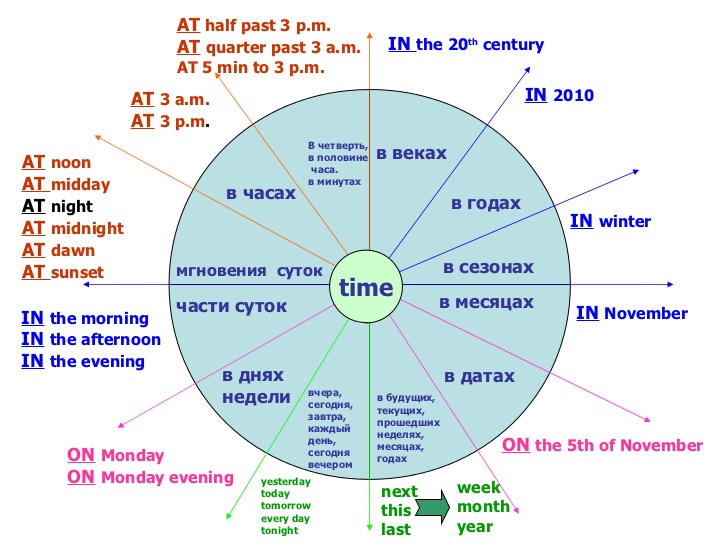
“When a tire is stored in the correct position and under the recommended conditions, it will not lose its original balanced performance for 5 years from the date of manufacture of the tire.
A properly maintained, unused tire less than 5 years old can be sold as a new tire and used normally.
Continental recommends replacing all tires (including spares) with a sidewall date greater than 10 years.
Nokian
The following information is posted on the Nokian official website:
“Tire life is not defined by law, but tires can only be considered “new” if they have been manufactured within the last five years. The recommended service life of tires is six years and the recommended maximum period is 10 years.
The opinion of our specialists, based on many years of experience, coincides with the opinion of manufacturers: the shelf life is 5 years + the service life is up to 10 years. Moreover, more "adult" tires, in our opinion, are of better quality.
To keep tires as long as possible, they are stored in compliance with all rules and recommendations. The main condition is a cool, ventilated, darkened room away from oils, paints, ozone, and heat sources.
Rubber products tend to lose their performance over the years. To prevent and slow down this process, manufacturers add polymers to the rubber compound. They prevent oxidative processes that occur due to the interaction of protectors with oxygen and ozone.
The following are the main conditions for the proper storage of tires in accordance with GOST 24779-81:
Maintaining a constant regime without sudden jumps, slight temperature fluctuations from -30°С to +35°С are allowed;
Provide a low humidity level of 50-80% in a dry, ventilated cool room;
Avoid direct sunlight, use darkened hangars, shield heat sources;
Keep away from sources of heat;
Tires should not come into contact with corrosive, copper materials.
Avoid kinking, loading or positioning on an uneven surface.
Avoid contact with oils, organic solvents, acids, alkalis, fuels and lubricants on the tire surface. It is forbidden to lay tires on a wet and dirty surface.
In the warm season, when storing tires outside, they should be covered with light-tight material and raised above ground level to ensure ventilation and prevent the occurrence of the greenhouse effect.
Storage on reflective, light and heat absorbing surfaces is prohibited.
Keep away from chemicals, oils, paints, open flames, electric motors that produce ozone.
Used tires must be washed and dried.
Tires without rims should be stored upright.
The service life depends on many factors: the load on the car, the quality of the roads, the driving style, the distance traveled, tire damage, etc.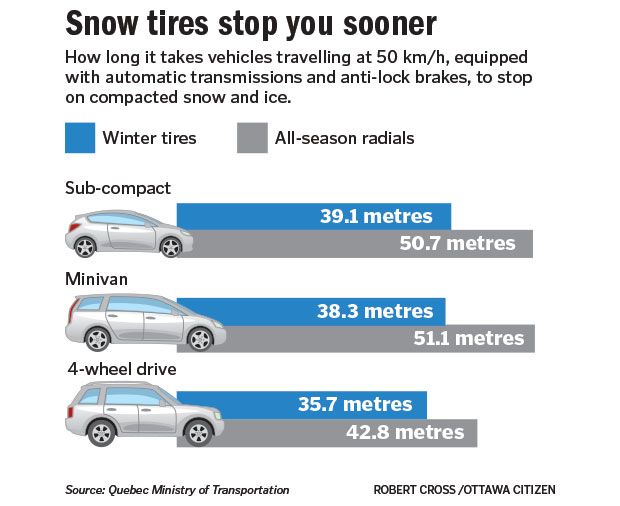 To increase their service life, follow these rules:
To increase their service life, follow these rules:
Check tire pressure every 2-3 weeks. With reduced pressure, tire wear increases by the equivalent of a % reduction. For example, a 15% reduction in pressure can result in a 15% reduction in service life. Inflated tires are less scary.
The wear of the front tires is always significantly higher than the rear ones, so it is recommended to swap them after some time, carefully watching the direction of the tread pattern and the direction of rotation.
Proper alignment of tires in relation to rims. If the direction is not the same, then performance is significantly reduced.
To prevent damage to the sidewalls of tires, avoid close proximity to curbs and high ledges.
Wash off dirt from the surface of the rubber and from deep grooves with special cleaning agents.
Adhere to an even driving style without harsh brakes and quick starts.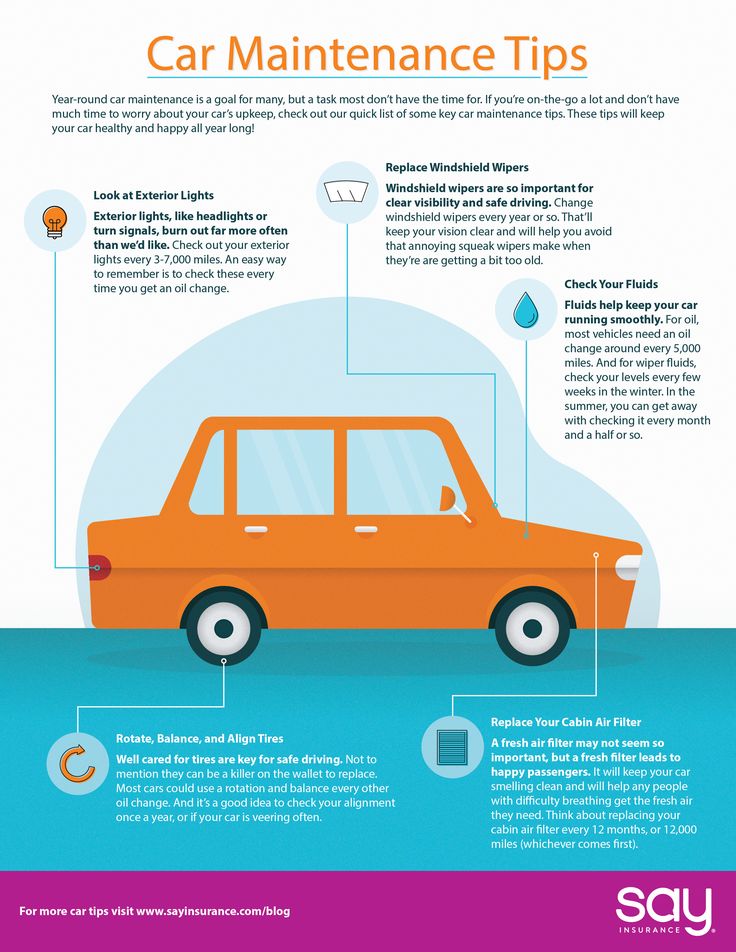
Do not overload the car beyond the norm. 20% excess weight leads to a 30% loss of tire life.
Keep the wheels balanced and check the alignment angles annually.
The main condition for a long tire life is:
- high quality products,
- careful operation,
- proper storage of tires in the off-season,
- timely diagnosis.
The age of tires in standard storage is a minor non-determining factor that should not be taken into account when buying them.
Previous article Next article
How do you know when tires are completely worn out and it's time to change them? Everything is simple. For summer tires, the limit is 1.6 mm of residual tread depth, and for winter (or all-season tires used in winter) - 4 mm. Modern summer tires can cover from 40,000 to 70,000 km, depending on driving style and vehicle characteristics. An average motorist rolls such a mileage on summer tires in 2-3 seasons. Moreover, wear implies not only a decrease in tread depth. For millions of cycles of deformation, the strength of the carcass and its adhesion to the layers of the rubber compound are violated. In short, every 2-3 years you should buy a new set of tires.
An average motorist rolls such a mileage on summer tires in 2-3 seasons. Moreover, wear implies not only a decrease in tread depth. For millions of cycles of deformation, the strength of the carcass and its adhesion to the layers of the rubber compound are violated. In short, every 2-3 years you should buy a new set of tires.
In case of irreparable damage to one of the tires and a relatively high total mileage of the kit, it is also worth considering replacing it. Well, or about buying at least a pair of new tires, which, for any type of drive, should be installed on the front axle. We put two tires back - the most decent of the remaining ones.
Many motorists drive only a few thousand kilometers a year. This does not mean that the tires will serve you for several decades. According to Russian requirements (GOST 4754-97), the service life of passenger car tires is 5 years from the date of manufacture. And for example, Continental recommends that all car tires (including the spare tire) older than 10 years old should be replaced with new ones.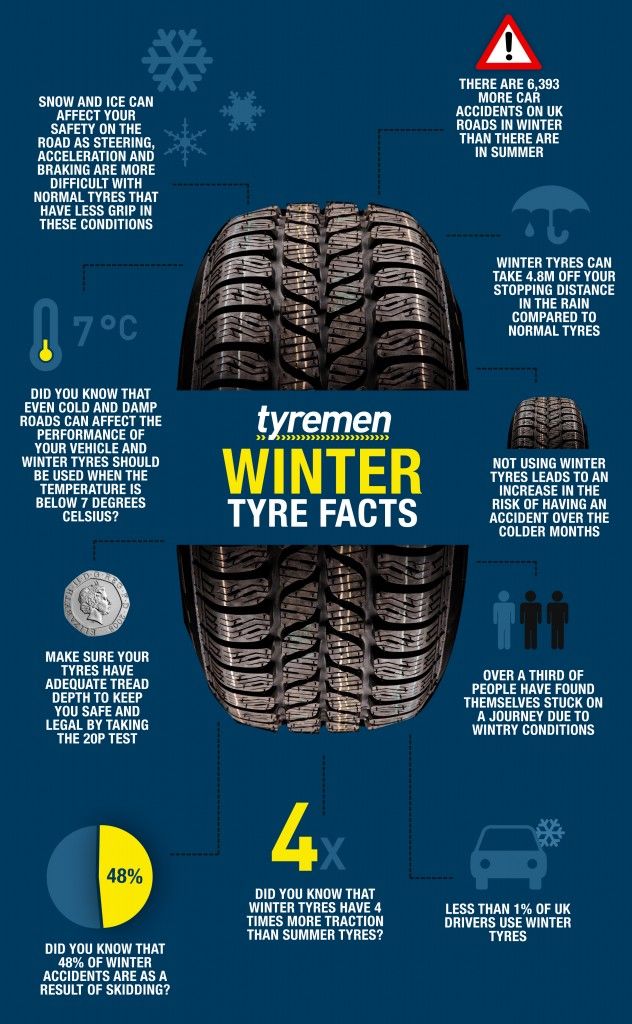 Therefore, with small runs, you can navigate for ten years. The date of manufacture of the tire is indicated on the sidewall. Usually it is an oval with four numbers. The first two are the ordinal number of the week in the year, the last two indicate the year.
Therefore, with small runs, you can navigate for ten years. The date of manufacture of the tire is indicated on the sidewall. Usually it is an oval with four numbers. The first two are the ordinal number of the week in the year, the last two indicate the year.
Related materials
How to change the car yourself - detailed instructions
Tires should be rotated periodically in accordance with the vehicle manufacturer's recommendations - information on this can be found in the owner's manual.
We can advise you to carefully use the tires and, most importantly, to store them correctly in the off-season. First of all, during storage, it is important to exclude direct sunlight from hitting the tires, which greatly age the rubber. Tires without rims should be placed vertically, and stacked on rims.
And before installing tires on a car at the beginning of the season, evaluate their condition. There should be no cracks in the tread and sidewalls. The tire should not be dry, it should remain rubbery and not look like baked plastic.
Related materials
Driving on badly worn tires - will I be fined or not?
Winter tires have a much shorter life span. They almost always fail due to the wear of the treadmill, because the tread of a new tire is 7–8 mm, and only 3–4 mm remain working height. If the tires are studded, then with such wear there are very few metal elements left, and the tire will not provide adequate safety when driving on a winter road. However, not only spikes, but also Velcro, with such a degree of wear, also lose most of their capabilities.
The real life of winter tires rarely exceeds 30,000 km. "Bald" winter tires without studs can be re-rolled in summer, but their grip on hot road surfaces will be very poor. This must be taken into account, especially when braking.